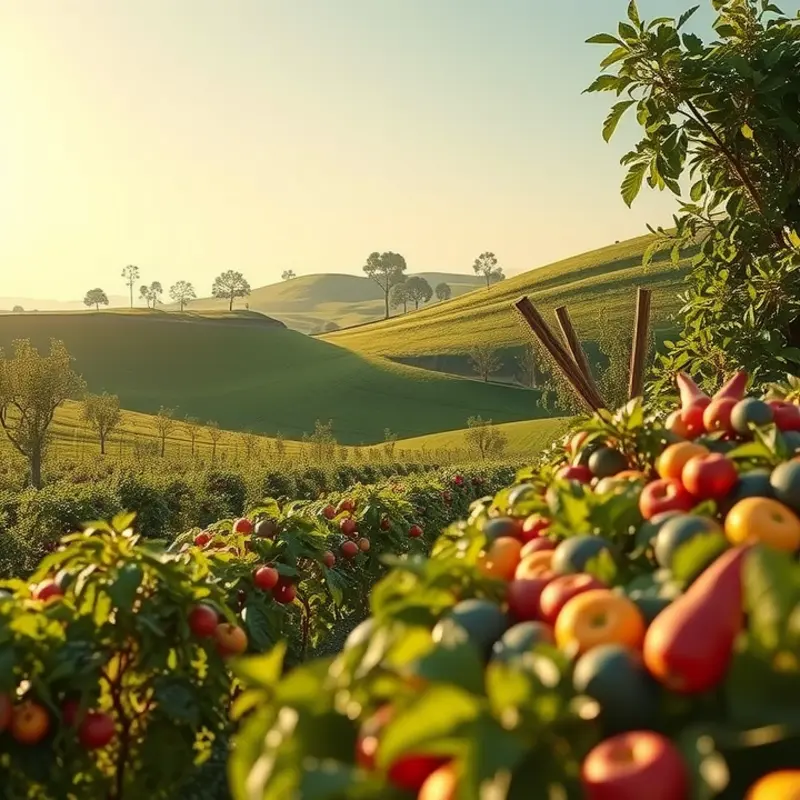Roasting meat to perfection isn’t just for professional chefs; it’s a skill every home cook can master. The secret to tender, juicy meat lies in a combination of technique, temperature, and timing. With the right approach, you can transform your cuts of meat into mouthwatering dishes that impress family and friends alike. Whether you’re roasting a chicken or a pork loin, simple adjustments can make all the difference. Let’s dive into the essential steps that lead to a successful roast.
Choosing the Right Cut of Meat

The journey to achieving perfectly roasted meat starts with choosing the right cut. Each cut of meat has unique characteristics that influence both its flavor and tenderness. Selecting the right cut is the foundation upon which all other roasting techniques are built.
When considering beef, the ribeye and tenderloin are excellent choices for roasting due to their inherent tenderness and rich flavor. Ribeye is known for its perfect balance of marbling, which provides flavor, and tenderloin offers a melt-in-your-mouth texture that stands out in any roast. For pork, the pork loin and shoulder are popular choices. Pork loin is lean and mild in flavor, while the shoulder, with its marbling, promises a juicy, flavorful dish.
Lamb presents the leg and rack as its premier roasting cuts. A leg of lamb can be richly flavorful, especially when roasted on the bone, while a rack of lamb, though more expensive, provides an exquisite presentation and tender meat.
Each cut’s tenderness and flavor largely depend on its marbling and grain. Marbling refers to the streaks of fat interspersed within the muscle that melt during cooking, enhancing the meat’s juiciness and flavor. Cuts with more marbling, such as a ribeye, generally yield juicier results. Meanwhile, understanding the grain of the meat is crucial for achieving optimal tenderness. Cutting against the grain shortens the muscle fibers, making the meat easier to chew.
When purchasing meat, look for cuts that have a good amount of marbling but avoid pieces that have excess or uneven fat distributions, as these can affect cooking consistency. The color of the meat can also be indicative of its quality—look for beef that is bright red, pork that is pinkish, and lamb that is a deep red.
Take your time when selecting meat; a well-chosen cut will make a significant difference. If you are interested in further ensuring your kitchen practices are eco-friendly while indulging in delicious roasts, consider how to effectively manage eco-smart kitchen storage, which can complement your cooking endeavors and reduce waste.
Ultimately, the right cut of meat sets the stage for a roasting experience that brings out the best balance of tenderness and flavor. This choice will guide the rest of the preparation and cooking process, turning a simple meal into a memorable feast.
The Perfect Roasting Technique

Mastering the roasting technique ensures meat emerges tender and flavorful, demanding attention to detail and timing. Begin by allowing your meat to come to room temperature. This crucial step ensures an even cook throughout, eliminating the risk of an underdone interior while the exterior browns too quickly.
Consider the use of a dry rub or marinade to enhance flavor and moisture retention. A dry rub consists of spices and herbs that create a flavorful crust, while a marinade can infuse the meat with depth. Make sure to apply these preparations well in advance to allow the flavors to penetrate the meat’s surface thoroughly.
Preheating the oven is non-negotiable. An evenly preheated oven promotes consistent cooking. The science behind this involves reducing the risk of the meat’s exterior overcooking while the interior struggles to reach the desired temperature.
Incorporate the sear method for added depth of flavor. Searing the meat on high heat, either on the stove or briefly in a hot oven, creates a caramelized crust. This Maillard reaction enhances the umami taste and provides a delightful textural contrast to the tender interior.
After roasting, let the meat rest. This is perhaps one of the most overlooked steps, yet it is essential to lock in juices. When meat is cooked, its fibers contract, expelling moisture. Allowing it to rest post-roast grants these fibers the chance to relax, reabsorbing juices and ensuring the meat retains moisture when sliced.
Understanding cooking times and temperatures for various meats is crucial for ideal results. For example, the general guideline for roasting beef is to aim for an internal temperature of 135°F (57°C) for medium-rare. Poultry should reach 165°F (74°C) to ensure safety. Use a meat thermometer to verify temperatures accurately, as oven settings can vary.
Incorporate these techniques into your routine and elevate your mastery of tender meat roasting. For more insights on efficient kitchen practices to complement these techniques, consider exploring minimal prep dinner ideas. These strategies can help streamline your process, focusing your efforts on perfecting the roast itself.
Final words
With these essential tips, roasting tender meat transforms from a daunting task into a rewarding culinary experience. Remember that the foundation begins with the right cut and is perfected through careful cooking techniques. Embrace the process and don’t shy away from experimenting with different flavors and methods. Each roast you undertake will improve your skills, confidence, and ability to create delicious meals for your loved ones. Enjoy the journey of roasting and relish the juicy rewards that come with practice.







